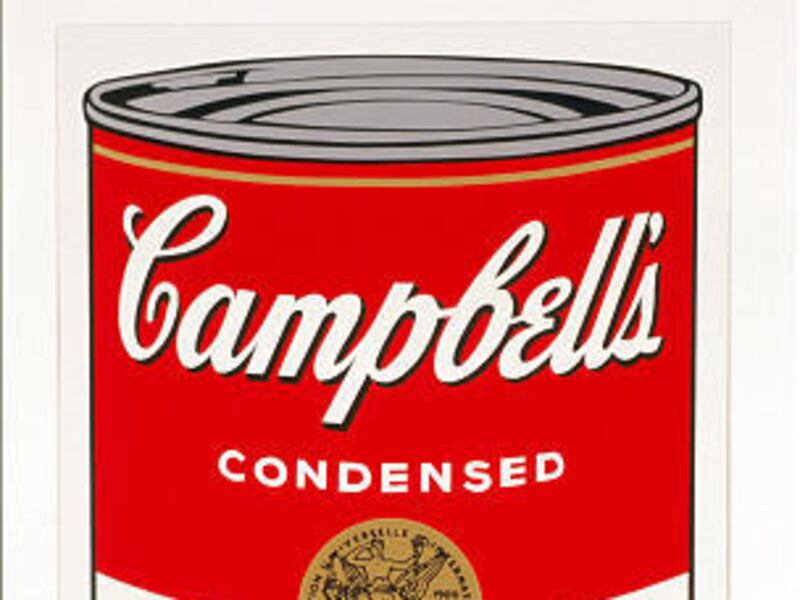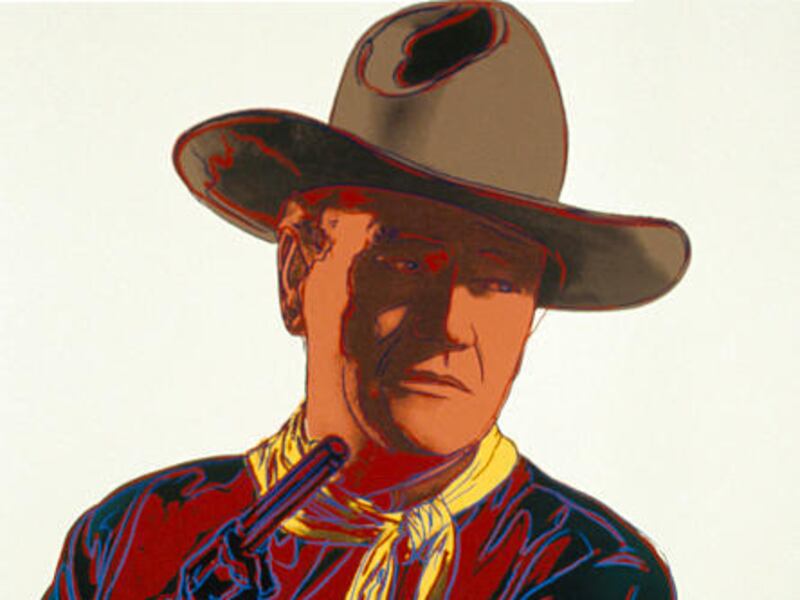Andy Warhol (1927-87) once admitted to being a deeply superficial person; and while his statement was almost certainly made with tongue firmly planted in cheek, some pundits proclaim this controversial artist's oeuvre to be as superficial as its creator.
Indeed, since his 1962 large images of Campbell's soup cans, many critics have ridiculed Warhol's art, declaring it a hoax. But as might be expected, other critics declared it genius.
Today he is generally acknowledged to be one of the most influential artists of the 20th century.
Noted for his dissection of American commerce and everyday life, Warhol's art was about his veneration for and playful exploitation of our popular culture. He loved the banal and the ordinary, but he also liked to blur the line between high and low culture.
Thanks to the Utah Museum of Fine Arts, we may judge the validity of Warhol's art for ourselves in "Andy Warhol's Dream America," an exhibition featuring 88 screenprints from the collection of the Jordan Schnitzer Family Foundation.
This exhibition contains some of the artist's most popular "suites," or portfolios of work, including the "Maos," "Marilyn Monroes," "Campbell's Soups," "Mick Jaggers," "Ten Jews" and "Cowboys & Indians." In addition, several individual prints are featured, including the "John F. Kennedy Campaign Poster" from the "Flash" portfolio, as well as the suite's cover, "Jackie I" and "Jackie II," and several revealing self-portraits.
"By brashly declaring, 'I want to be a machine,' Andy Warhol shifted the direction of the history of art from a reverence for the original, one-of-a-kind object to the reluctant acknowledgement of mass-produced, mass-manufactured masterpieces," said UMFA curator Mary Francey.
It was Warhol's "Pop," pre-formulated, trivialized forms that were immediately recognizable to the public, but scorned by some critics for their lack of relevancy.
Francey, however, believes that Warhol's recognizable, trivial images produced "relevant statements about the anaesthetizing effects of repetitive images generated by contemporary media."
Warhol spoke persuasively about the condition of image overload in a media-
saturated culture, said art critic Robert Hughes in his "American Visions." The artist did this by "using silk screen and not bothering to clean up the imperfections of the print: those slips of the screen, uneven inkings of the roller, and general graininess. What they suggested was not the humanizing touch of the hand but the pervasiveness of routine error and entropy. ... "
In the exhibit's catalog, Jim Edwards, curator of exhibitions at the Salt Lake Art Center, said, "Whatever else we may think of Andy Warhol, this excellent exhibition of his screenprints is evidence of an artist who fully understood the pulse of his own time."
The Jordan Schnitzer Family Foundation is to be thanked for bringing "Andy Warhol's Dream America" to UMFA. Each of the 88 screenprints in the show thrill and entertain on many levels.
And if you're one of those who hates Warhol's art, visit the exhibit anyway and get up close to the work and really study it. It might make a difference.
If you go . . .
What: "Andy Warhol's Dream America"
Where: Utah Museum of Fine Arts, University of Utah
When: Through Jan. 6, 2008
Gallery hours: Tuesday-Friday,10 a.m.-5 p.m.; Wednesday, 10 a.m.-8 p.m.; Saturday and Sunday, 11 a.m.-5 p.m. (Monday, closed)
How much: $5 adults, $3 seniors and youth (ages 6-18), children under 5 are free
Phone: 581-7332
Web: www.umfa.utah.edu
E-mail: gag@desnews.com






